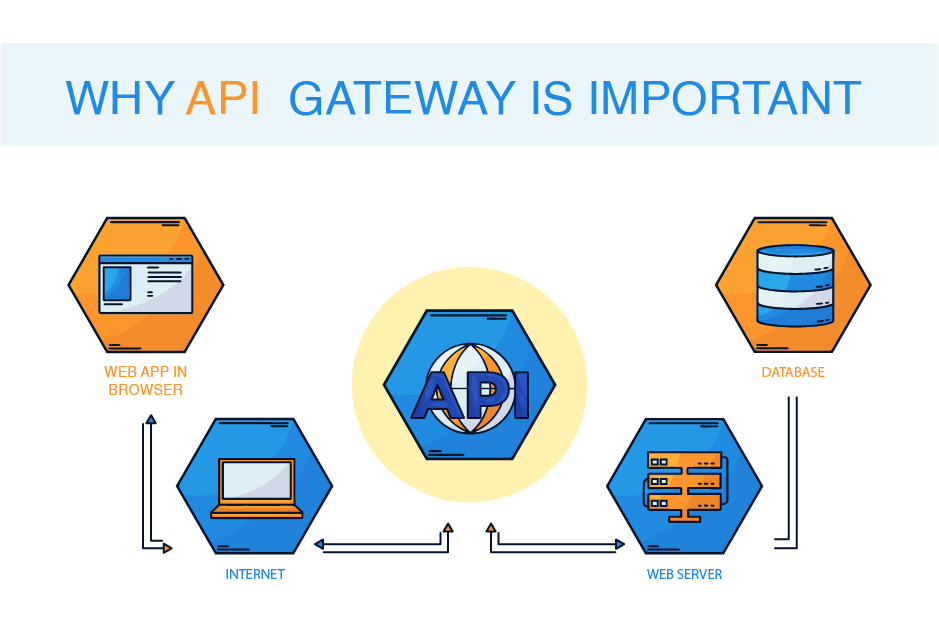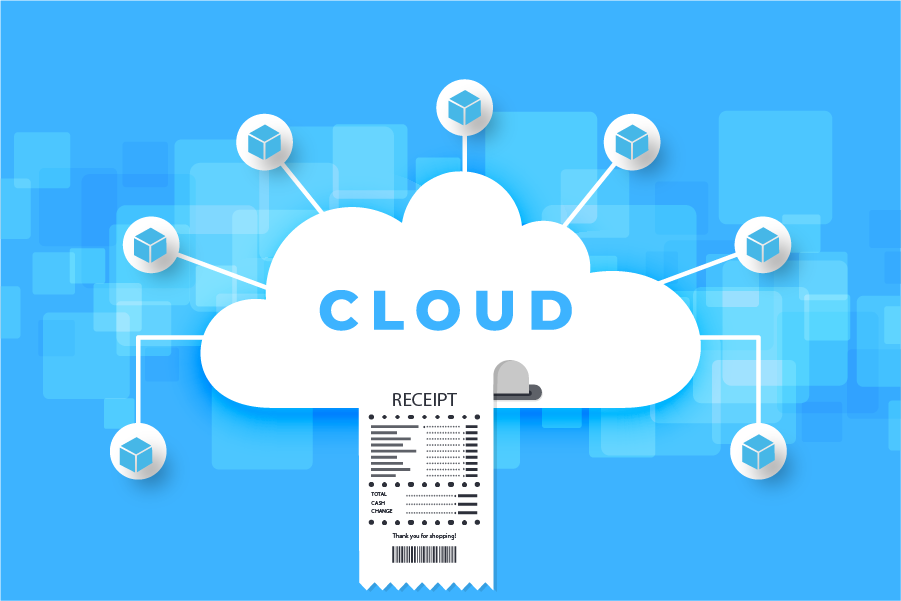The new era of cloud computing has been an exciting one. It’s opened up a world of possibilities for entrepreneurs and businesses alike. And, according to a recent article on Cloud Computing Today, the potential benefits are even greater than we thought.
Introduction
If you want to save money, the easiest way to do that is by switching to cloud-based services.
Cloud-based services can help you save money in a number of ways. For one, they’re often more affordable than traditional on-premises solutions. It reduces energy costs and helps you make the best use of your resources.
Read on to learn how cloud-based services can help you cut your bills.
What is a Cloud?
A cloud is a remote server used for storing data and provides access from anywhere. Cloud computing is the delivery of computing services—including servers, storage, databases, networking, software, analytics, and intelligence—over the Internet (“the cloud”) for faster innovation, flexible resources, and economies of scale.
Why Do I Need To Cut My Bills On The Cloud?
If you want to save money on your cloud bills, it’s easier than you think.
Here are four tips to help you cut your bills on the cloud or reduce cloud costs:
- Use A Cloud-Based Budgeting Tool
There are a number of budgeting tools that can help you track your spending and find ways to save money. Mint is a great way to connect your financial accounts in one place and see where your money is going.
- Negotiate Your Bills
If you’re not happy with the rates you’re paying for things like your cable or Internet service, don’t be afraid to negotiate. Many companies provide good discounts to customers, especially to the ones who haggle to reduce cloud costs.
- Get Rid Of Unused Subscriptions
Do you need that gym membership? Or that magazine subscription that you never read? Ditch the unused subscriptions and save yourself some money each month.
Which will I use, Public or Private Cloud?
The debate over which type of cloud service is better for businesses, public or private, continues. Some companies feel that a public cloud is a way to go because it is less expensive and more flexible. Others believe that a private cloud offers more security and control.
Here are some factors that will help you make the best decision.
1. Cost
One of the main considerations for many businesses is cost. Public cloud costs are typically less than private clouds because you only pay for the resources you use. Private clouds can be more expensive because you are responsible for the entire infrastructure.
2. Flexibility
Another important factor to consider is flexibility. Public cost clouds are more flexible because you can scale up or down as needed. Private clouds can be more rigid because you may need to commit to a certain amount of resources upfront.
3. Security
When it comes to security, private cloud costs are often seen as more secure because you have more control over who has access to your data. However, public clouds are also secure if you take the necessary precautions, such as encrypting your data.
How Will I Reduce My Bills On The Cloud?
If you’re like most people, you’re always looking for ways to save money. And if you’re using cloud-based services, there are a number of ways to reduce cloud costs. Here are a few tips:
- Use A Cost-Effective Service
Not all cloud-based services are created equal. Some are more expensive than others. Do your research and choose a service that fits your budget.
- Opt For Reserved Spots
Companies can opt for cheap alternatives if they have certain tradeoffs. You can make an upfront commitment for a period of time to save on cloud costs. They can help you save up to 80% as compared to on-demand instances.
- Pay As You Go
Many cloud-based services offer pay-as-you-go plans, which can be more cost-effective than paying for a yearly subscription upfront.
- Take Advantage Of Free Trials
Many providers offer free trials of their paid services. This is a great way to try out a service before committing to it long-term.
- Use Coupons And Promo Codes
When signing up for a new service, be sure to search for coupons and promo codes that can help you save money on your purchase.
- Compare Prices
Don’t just go with the first cloud-based service you find. Compare prices between different providers to ensure you’re getting the best deal possible.
- Serverless Computing
It is a great way to solve your scaling issues and requires some upfront planning to reduce runway prices. Queuing and caching can help you take care of unexpected traffic spikes without managing servers.
Conclusion
There are a few key ways to cut your bills on cloud services. First, negotiate with your provider for a lower rate. Second, use free or low-cost alternatives where possible. Finally, be sure to always monitor your usage and costs so that you can make changes as necessary. By following these tips, you can save a significant amount of money on your cloud computing costs.










